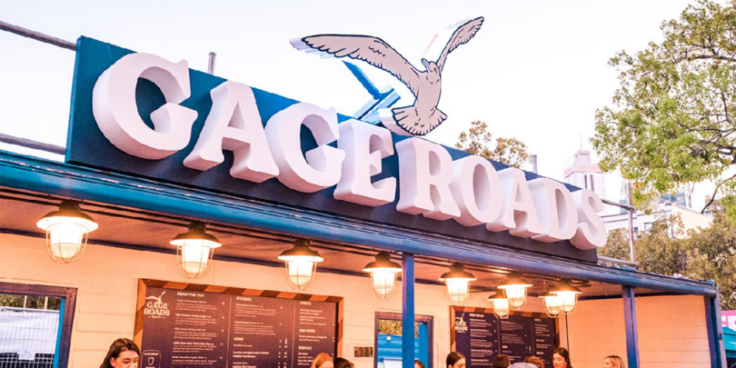
Growth up, profit down for Good Drinks

Good Drinks Australia has published a bullish first-half financial report that the company says shows it has achieved ‘excellent momentum’.
However, while the company reported what it described as record revenues, sales growth failed to boost the bottom line with increased costs seeing profit fall by more than 40 per cent over the prior corresponding period.
The report highlighted revenue increases of 79 per cent over the first half results for 2022, taking total revenues to $59 million.
Good Drinks-owned brands, which include Gage Roads, Matso’s and Atomic, grew by 12 per cent to 7.4 million litres. Total volumes produced, including by contract and partner brands, increased 33 per cent to 14.1 million litres.
The company said this growth was against an overall market volume decline of 5 per cent.
The company said draught sales of GDA’s own brands were strong, contributing 25 per cent to the growth, while it signalled that its international partnerships introduced during the year under its “game-changer” distribution agreement with Molson Coors, were just the first of potential future agreements.
“These partner brand distribution agreements were achieved at low capital cost, and with meaningful incremental earnings achieved, we are interested in exploring more opportunities to help international brands participate in the Australian liquor market.”
Despite the headline sales and revenue growth, profit for the period fell 41 per cent from $3.58 million to $1.85 million.
Raw materials, consumables and delivery costs leapt 142 per cent to $27.8 million, with the company noting that it expected this to be a one-off impact due to “expensive packaging materials that were procured during the Covid (sic) supply chain disruptions.” The company also noted increased higher levels of raw materials due to the Molson Coors and Magners deals.
Employee expenses increased 73 per cent to $15.1 million, operating expenses increased by 30 per cent to $3.9 million, administration costs grew 89 per cent to $1.9 million and sales and marketing expenses increased 65 per cent to $5.1 million, all contributing to the decline in bottom line profit.
The report noted that, subsequent to the end of the first half, the company had walked away from its proposed acquisition of Melbourne’s Stomping Ground but did not offer further comment on the reasons for the decision.



